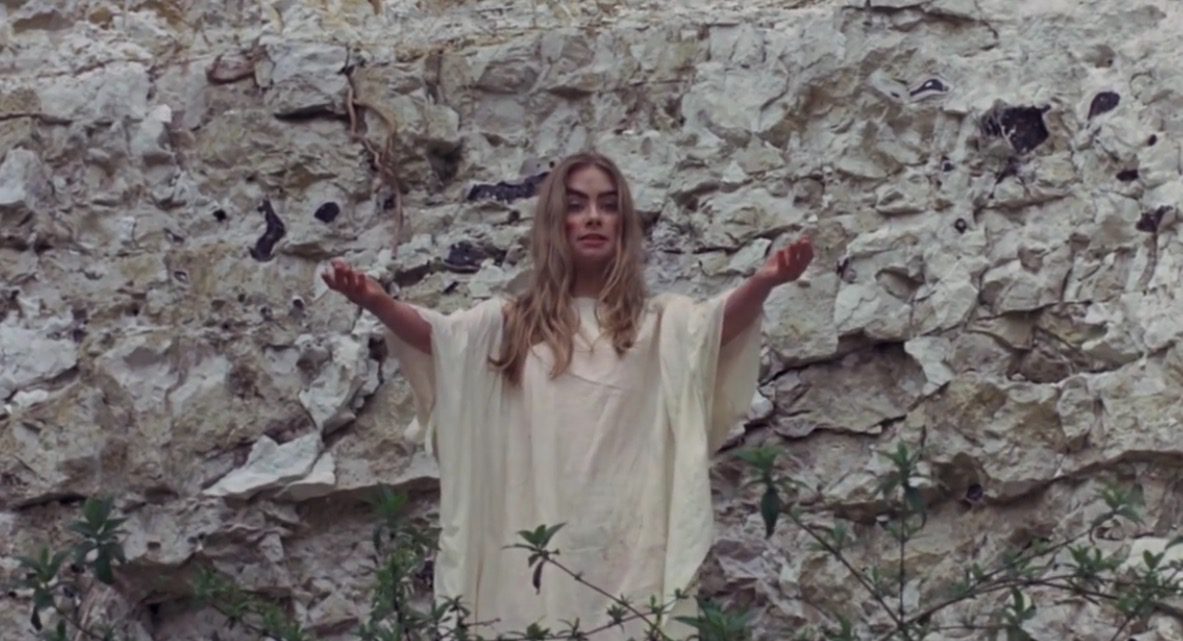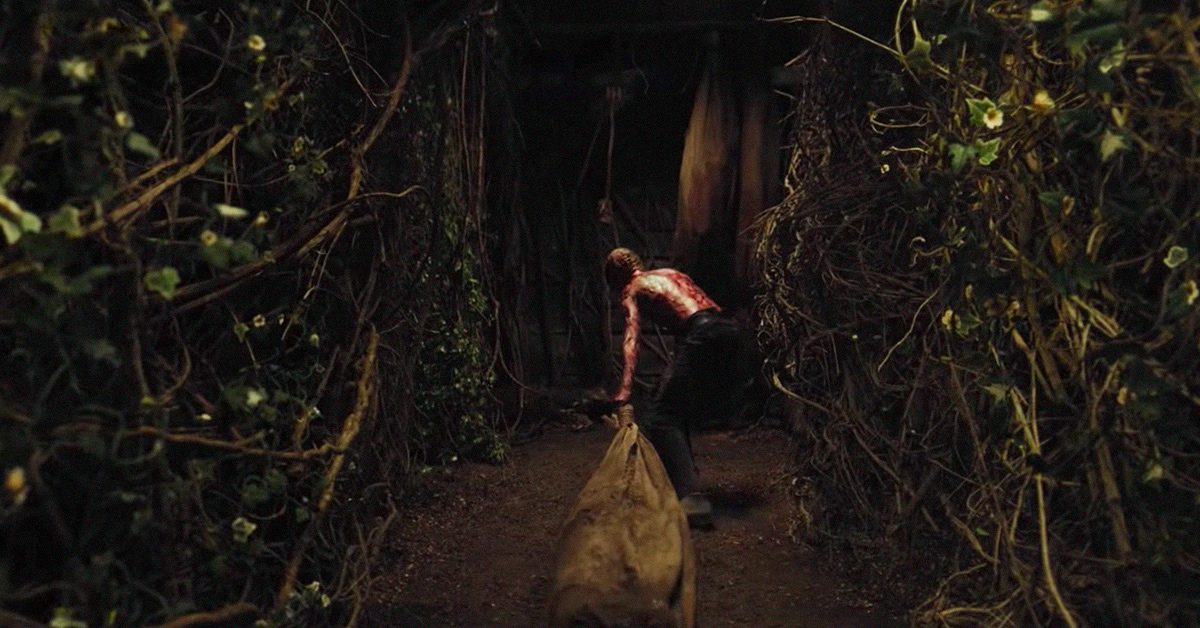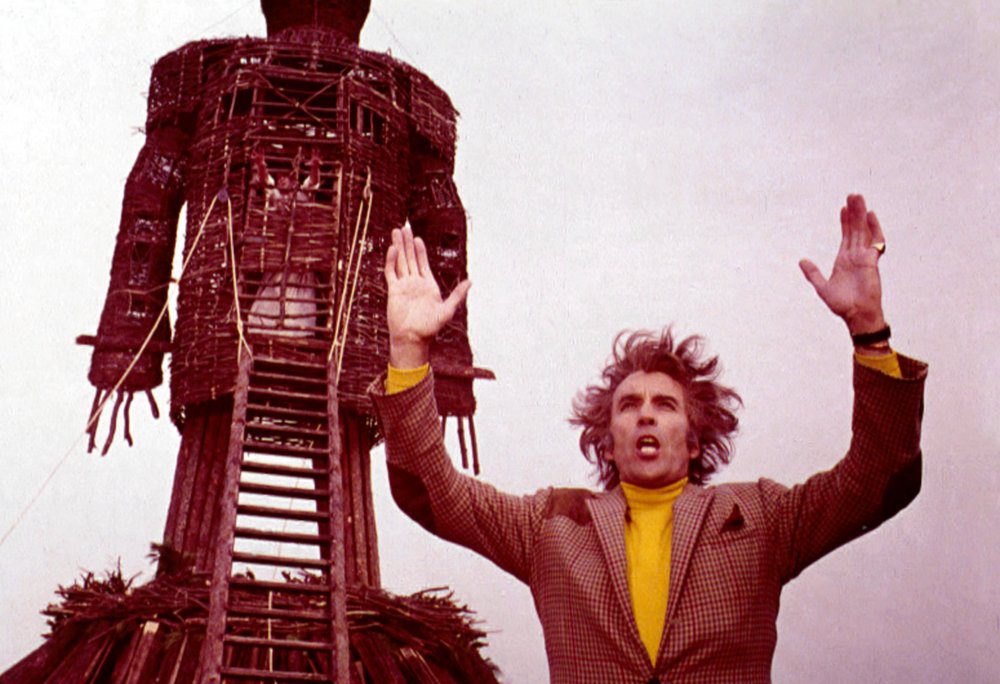Although popular horror has grown in popularity in recent years, it has a long and rich history, as some essential folk horror films show. The sub-genre is best known for several influential films from the early 1970s, but is experiencing a revival, with a number of horror films from folklore, superstition and paganism emerging in recent years. The first “Folk Horror” movie was probably a silent movie from 1922, in which a medieval woodcut depicts a witch as good old Satan. These are considered the defining features of folk horror films, as these films create their own folklore in various forms, both popular and conscious.
5. THE BLOOD ON SATAN’S CLAW (1971)

4. THE WITCHES (1966)

3. APOSTLE (2018)

2. THE WITCH (2015)

1. THE WICKER MAN (1973)

In the 1980s and 1990s, early horror movies were heavily based on early 20th-century horror, and in the 21st century, they are Kill List, Hammer, and Wake in Wood. Perhaps no film is closer to the horror genre of the early 20th century than Wake in Wood, which is perhaps the most popular horror film of all time and perhaps one of the best horror films in history.
But the slasher film that is most adept at creating its own folklore, incorporating other American folk-horror traditions, is Bernard Rose’s Candyman. Unlike other horror films of “American Folk,” Candymen draws its thematic focus from the sins of the American past, and its horror is set in the American folk tradition, since it takes place in an urban setting.
By the 2020s, the sub-genre of folk horror movies had gained popularity, and that is why the slasher films that permeated the rest of the 20th century were replaced by the more traditional horror films of their time, and in the 21st century paranormal film franchises experienced a boom in popularity. While the sub-genre has received considerable critical attention in recent years, the release of Ari Aster’s film Midsommar has brought so-called folk horror back to the forefront. Folk horror emerged from a fervor that found its first mainstream in the 1960s and became known as a genre.
The horror films of John Carpenter, Robert De Niro and George Romero are generally considered important cinematic touchstones. The film is widely regarded as one of the most influential films in the history of horror cinema.
The genre of horror literature, which deals with characters and figures in conflict between their moral beliefs, which are often pagan at heart, refers to this. The usual features of the Day of Mourning include the use of ritualized human sacrifices, ritualized rituals, and belief in the supernatural. This is a common climatic trope and is often associated with arcane rites that are supposed to ensure the fertility of the plants.
As far as can be seen, the term folk horror was first created by the film director Piers Haggard in his novel “Folk Horror” and later popularized by Jonathan Rigby and Mark Gatiss. Both mentioned “people” in their writings, and the terms have since been popularized by both.
While images defined things like “olde wyrd” and “Britain,” it was the narrative that defined folk horror, as featured on the cover of Sight & Sound in August 2010. It was from the use of these excellent and impressive films as a template that folk horror was defined as being strongly connected to folk culture in Great Britain and its people. All three films were mentioned in connection with “Folk Horror” and have become a film of their own.
They all work in a landscape that isolates communities and individuals from the prevailing moral and theological systems that distort them. The trilogy follows an alternative vision of Albion, which brings to light a dark past that is rarely visited, and the dark secrets of its inhabitants.
After a handful of films, the sun seemed to set over this sub-genre, but it never quite disappeared. While popular horror was originally defined by its cinematic canon, some of its strongest examples can be found in the early 20th century and even into the mid-20th century.
The Kill List, Hammer, and Wake in the Wood all date from the 21st century, but the 1980s and 1990s were a time of great horror, when the horror subgenre was thriving on its own.
The horror of the Day of Mourning can often stem from isolation, and seclusion seems to permit human depravity; what makes it so special is the way brutality arises. The Elmet, by Fiona Mozley – Booker, is shortlisted and set in rural Yorkshire; Think of Jenn Ashworth Fell, set in the eerie mudflats of Morecambe Bay; and Dreaming of the Dead, by John W. Campbell, a horror novel about the death of a young woman in the woods. ✪
![[Futuristika!]](https://futuristika.org/wp-content/uploads/2020/12/futuristika-logo.png)

